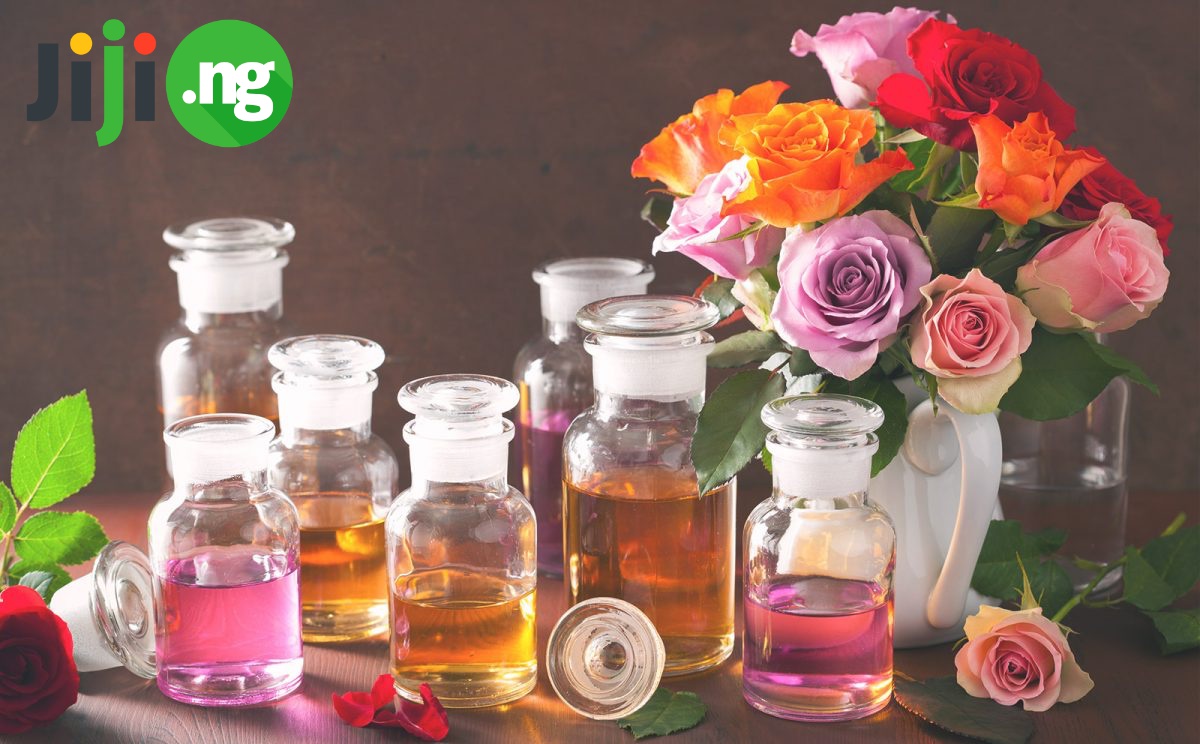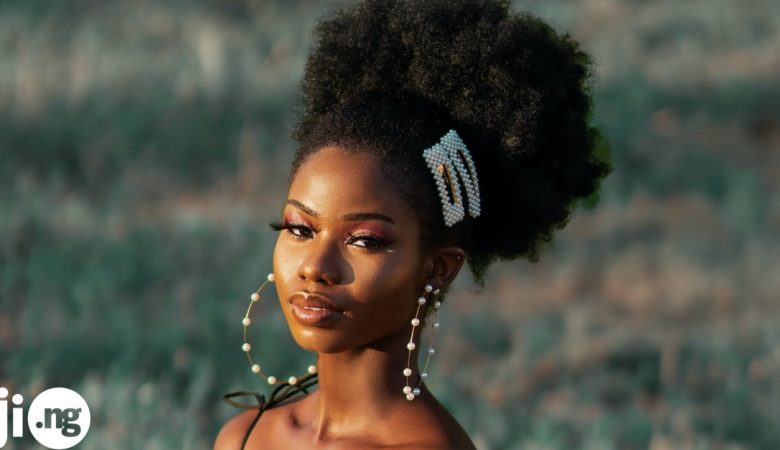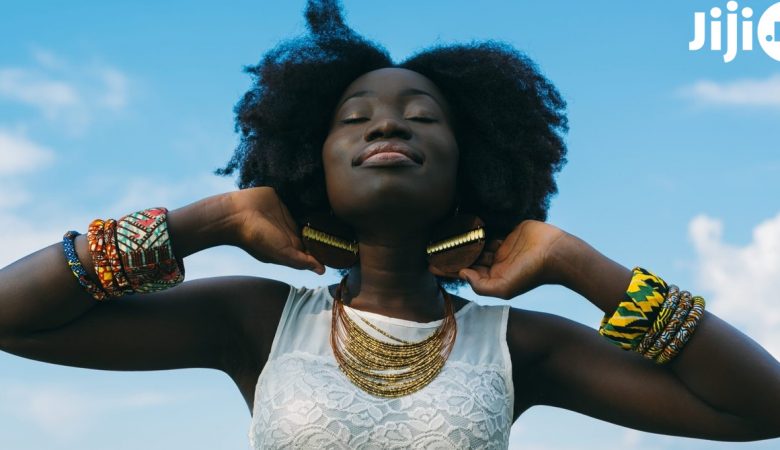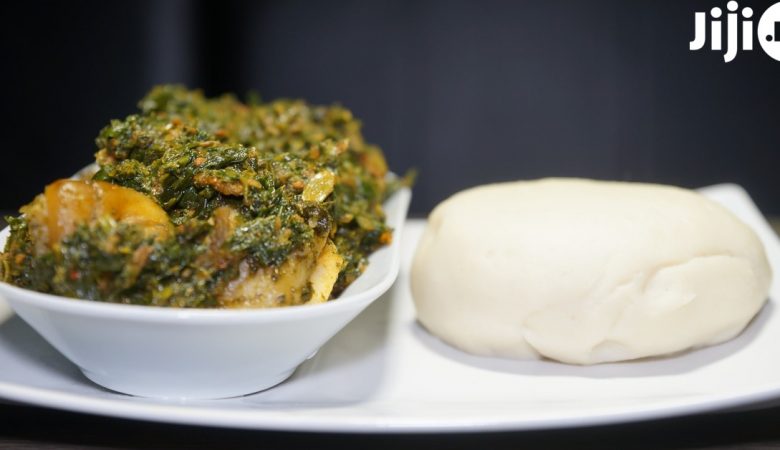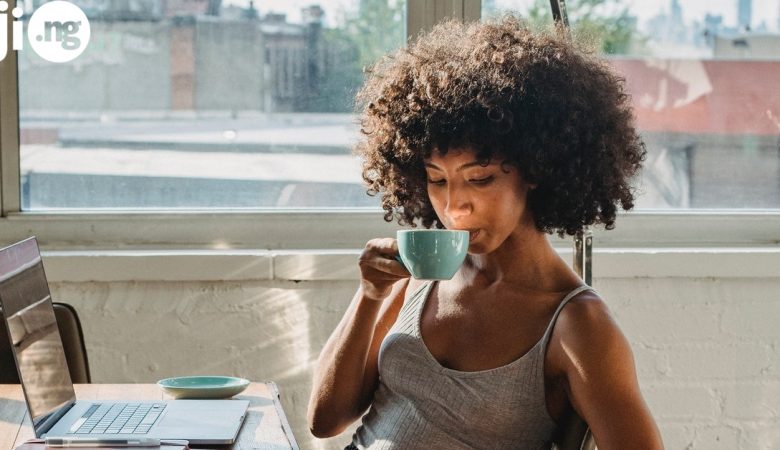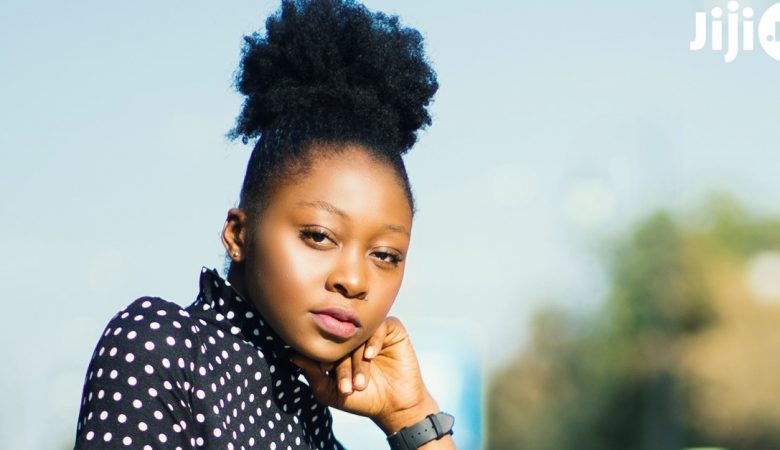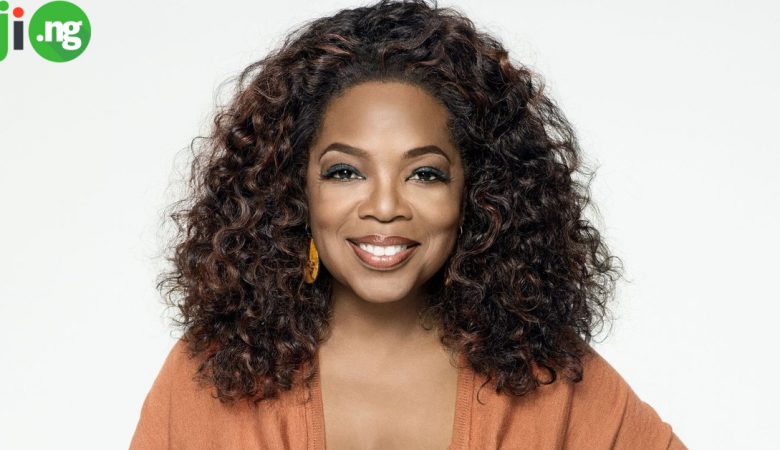“What is perfume oil?” is the question that once popups in the mind of every person interested in beauty industry. The perfume oil is a concentrated mixture of perfume compounds, extracted from natural materials, like plants, fruits, etc.
The best perfume oils preserve unique fragrances of materials they are made of. The oil concentration depends on a type of a plant, period a biologic material is gathered, and environmental conditions it grew in. The process of extraction is complicated, but still it can be home-based.
There are two main questions bothering the newbies in this field: how to make perfume oil and how to apply perfume oil correctly?
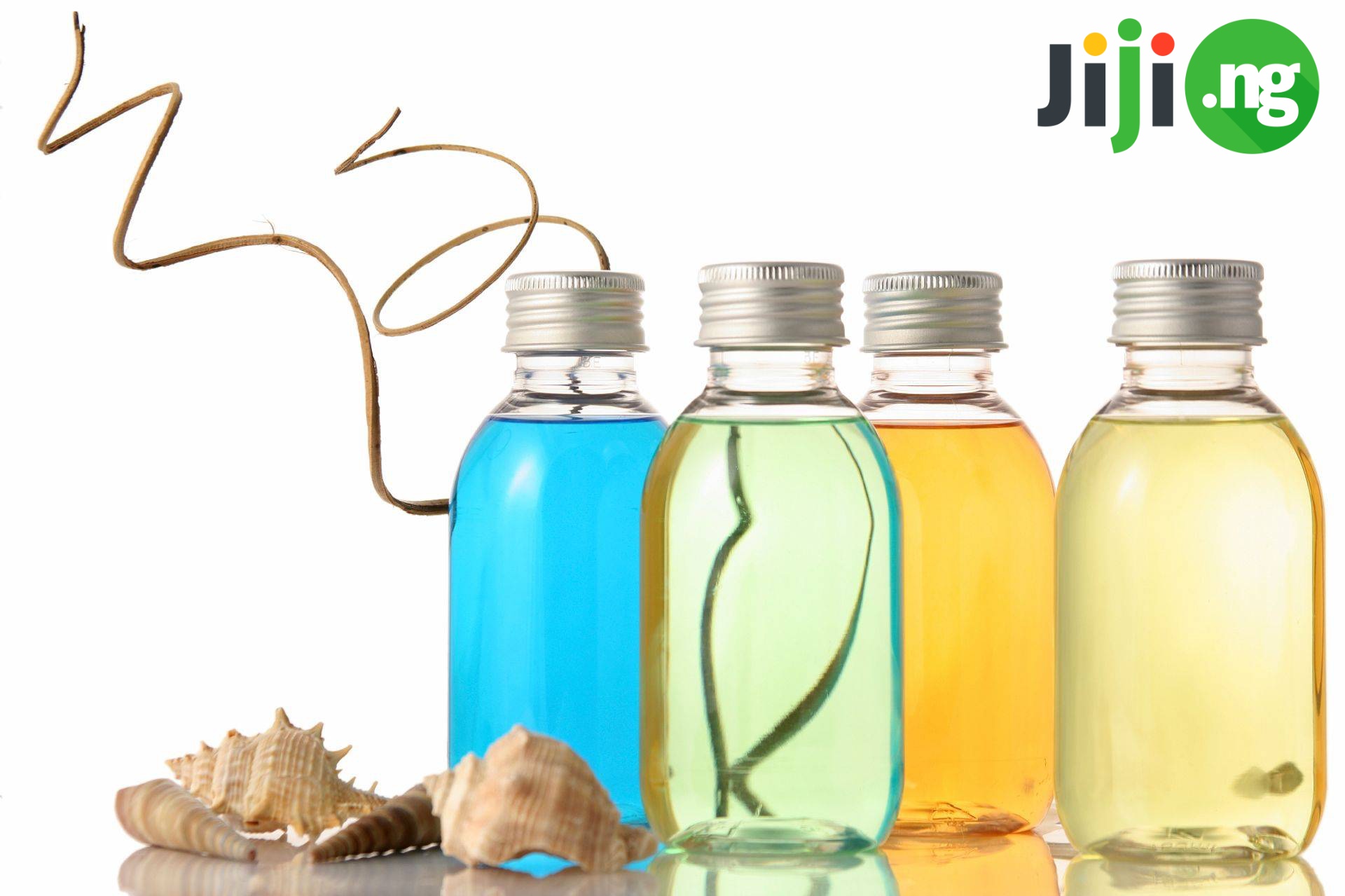
How to make perfume oil
The process of making a perfume oil greatly depends on the material. It will vary from plant to plant. The main stages, however, are rather standard: gathering the material, drying, fermentation, and distillation. Choose the material according to your preferences or availability. Then proceed to the next step – perfume production.
How to use perfume oil
There are several categories of aroma oils: wood, spice, fruit, and herbal. The main rule in mixing aroma oils is to use oils of one group. Of course, there are exceptions and a lot of room for experiments, but don’t risk until you get some experience.
It is recommended to start with mixing aroma oils of flower group. They are easy to deal with, and it is difficult to make mistake during the process. Citrus and spice aroma oils are more difficult to work with. Here’s a short classification:
- Fruit aromas: bergamot, lemon, lime, grapefruit, orange, tangerine.
- Flower aromas: jasmine, crane’s-bill, ylang-ylang, neroli, rose, mimosa, lavender.
- Herbal aromas: camomile, basil, sage, peppermint, rosemary.
- Spice aromas: cardamom, black pepper, ginger, cilantro, thyme, clove, cinnamon, nutmeg, savin.
- Wood aromas: cypress, cedarwood, sandalwood, pine, rosewood.
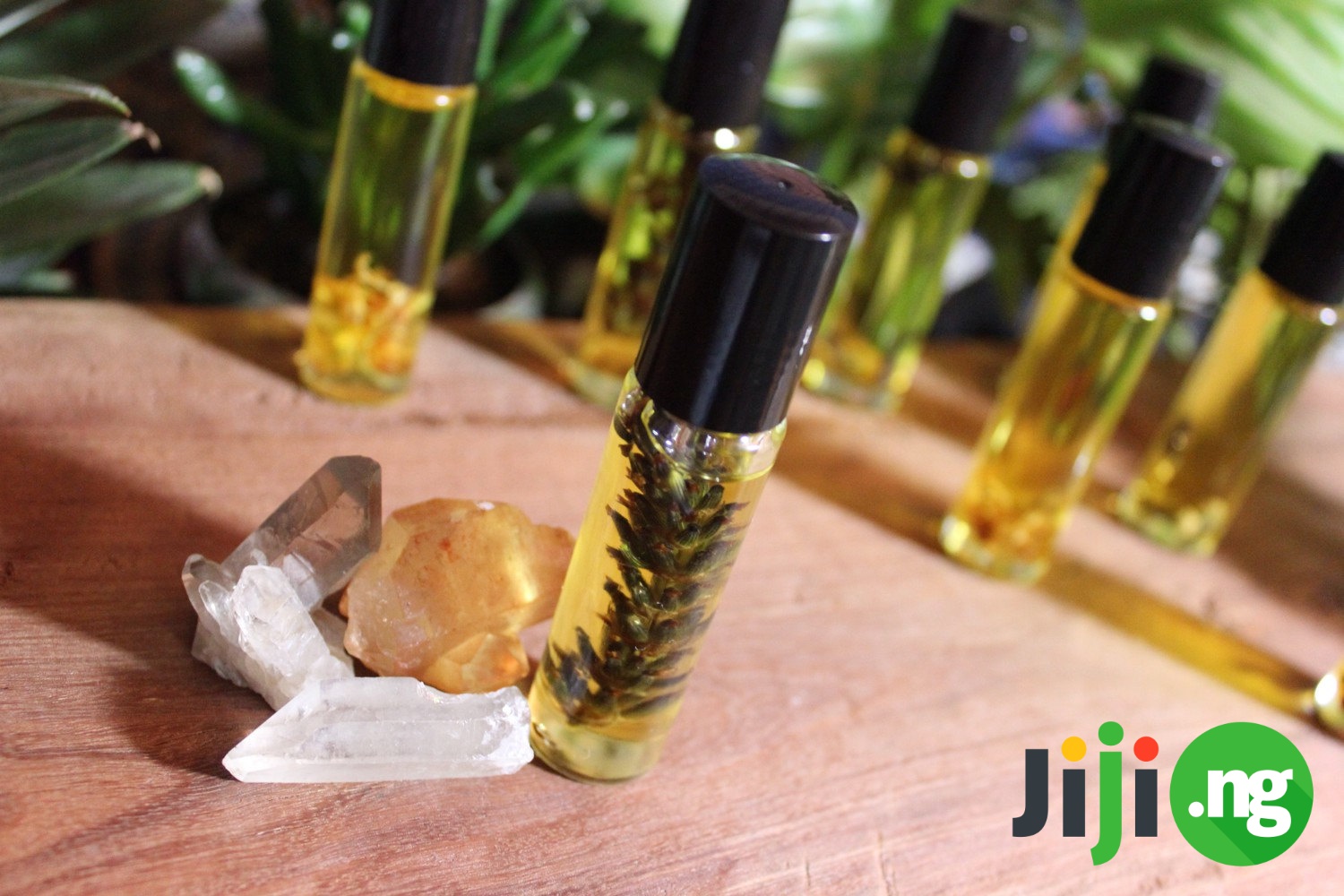
Phases of an aroma
All perfumes consist of an entire bouquet of aromas. Each has three phases – top notes, middle notes, and a linger of perfume. The first phase is the aroma that lasts for 10 minutes. The second phase is the brightest. It is the main aroma, the base of the entire composition. The third phase is the most long-lasting.
To create a harmonic combination of aroma oils, mix them in proportion 3:2:1 – three drops of oil for top notes, two drops for middle notes, and one drop for a linger of perfume. This combination should be mixed with 30 grams of a base oil or liquid.
Aroma oils for top notes:
- peppermint;
- orange;
- tangerine;
- basil;
- lemon;
- verbena;
- bergamot.
Aroma oils for middle notes:
- rose;
- ylang-ylang;
- jasmine;
- crane’s-bill;
- tuberose;
- camomile;
- jasmine;
- neroli;
- clary;
- orris;
- myrtle;
- hyssop;
- mimosa;
- balm;
- lavender.
Aroma oils for a linger of perfume:
- frankincense;
- cedar;
- sandalwood;
- galbanum;
- clove;
- rosewood;
- cypress;
- patchouli;
- cinnamon;
- musk;
- juniper.
Choosing the base
Alcohol, jojoba oil, and sweet-almond oil are the main options for the base. The choice depends on the time needed for preparation and desired aroma. A perfume with oil base will be ready in two weeks and guarantees more versatile aroma. However, you shouldn’t be applied for clothes or hair.

